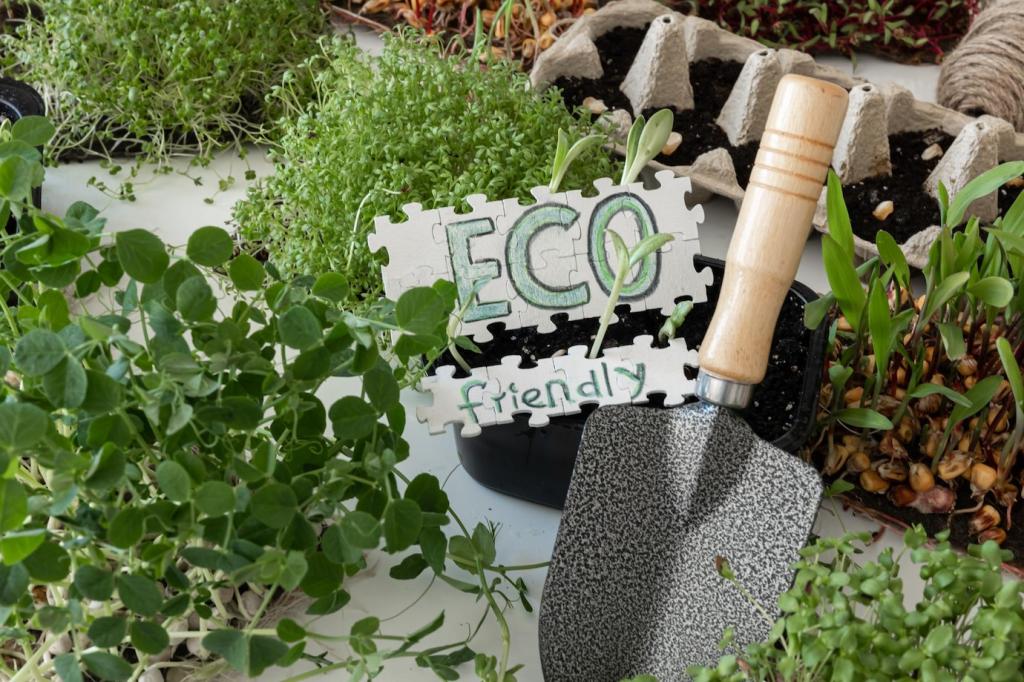
Integrating Renewable Materials in Landscape Projects
Welcome! Today we explore how landscapes become healthier, more beautiful, and more resilient by integrating renewable materials with intention and craft. Expect practical tactics, uplifting case stories, and field-proven tips you can apply right away. Theme: Integrating Renewable Materials in Landscape Projects.


Why Renewable Materials Belong in Modern Landscapes
Renewable materials come from sources that naturally replenish within human timeframes, like bamboo, cork, hemp, and responsibly managed timber. In landscape projects, renewability must also consider habitat impacts, water use, and local cultural relationships to materials.
Why Renewable Materials Belong in Modern Landscapes
Landscape decking, benches, and edging can lock away biogenic carbon when sourced intelligently. Simple lifecycle comparisons often show bamboo or FSC wood beating energy-intensive alternatives, especially when transport distances are minimized and maintenance plans preserve long service life.
Material Spotlight: Bamboo, Cork, and Hemp
Certain engineered bamboo products rival hardwoods in density and stability. Fast-growing species can reach remarkable daily growth, enabling frequent harvests without clearing root systems. Specify exterior-rated, strand-woven formats and ventilated assemblies to manage moisture, then invite users to share weathering photos over time.
Harvested without felling trees, cork bark regrows, storing additional carbon after each cycle. In landscapes, cork granules can reduce compaction and boost acoustic comfort along play areas. Test localized slip resistance, confirm fire ratings, and ask your community how the softer underfoot feel changes their experience.
Hemp-based composites regulate moisture and store carbon as they cure. In planters and low walls, they offer comfortable thermal performance around seating edges. Detail with lime plasters, verify compressive needs, and design modules people can lift, repair, or recoat together during neighborhood stewardship days.
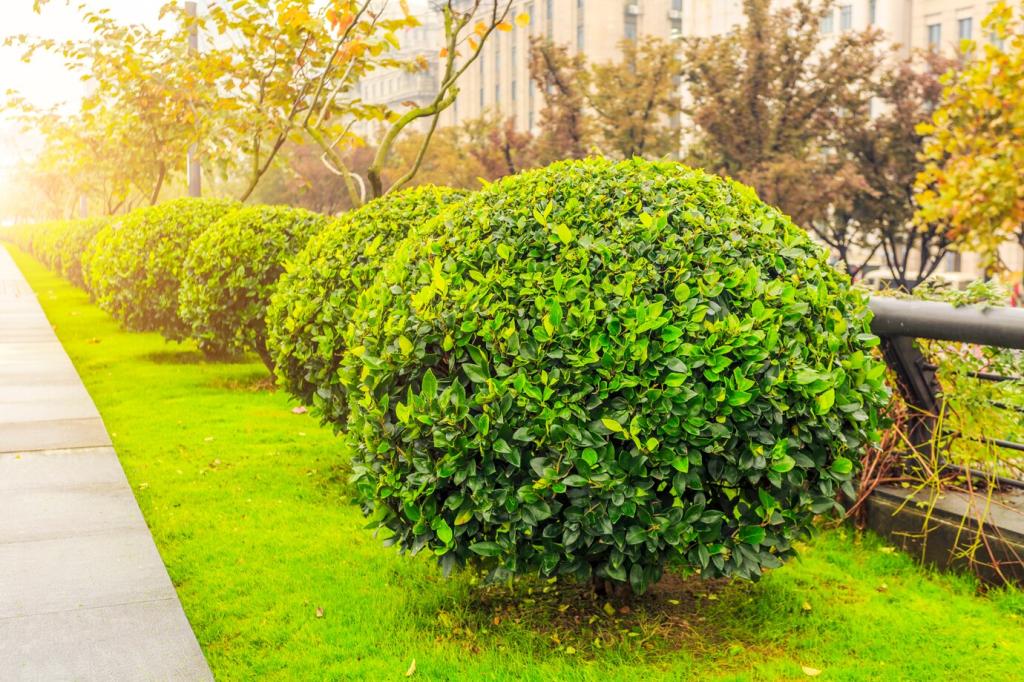
Design Details That Protect Renewable Materials
Separate materials from ground moisture using pedestals, capillary breaks, and well-ventilated substructures. Chamfer edges to shed water, raise fixings above splash zones, and design joints that invite airflow. Share your drainage hacks with fellow readers to improve local resilience.
Design Details That Protect Renewable Materials
Use modular planks, removable fasteners, and repeatable dimensions so a single damaged piece can be replaced without dismantling an entire boardwalk. Label modules discreetly for maintenance crews and document procedures in a shared folder your team and community volunteers can access.
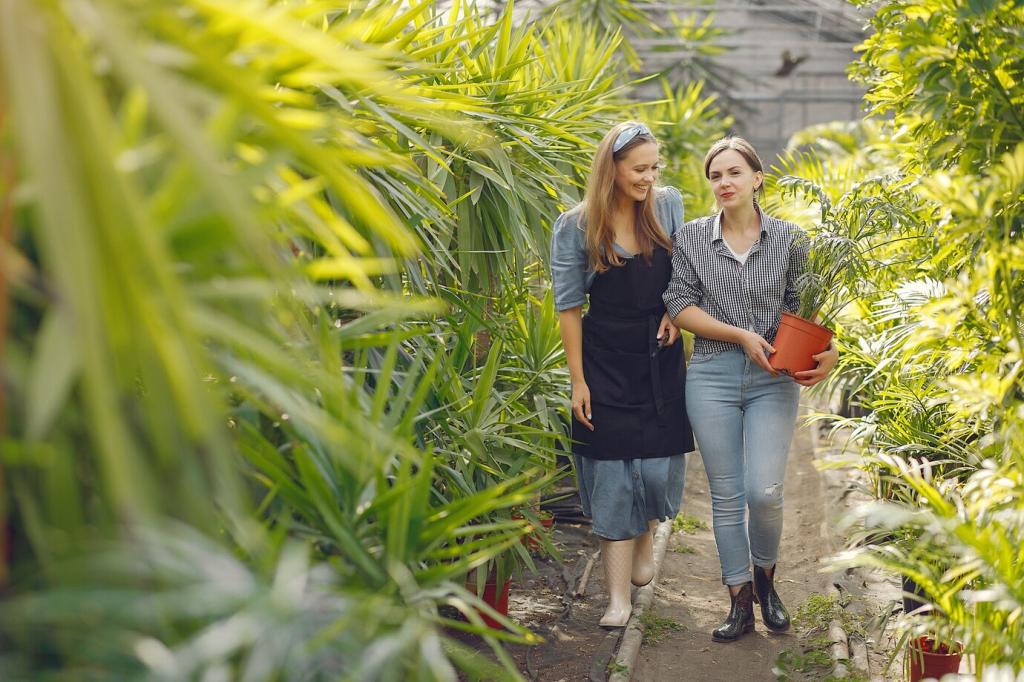
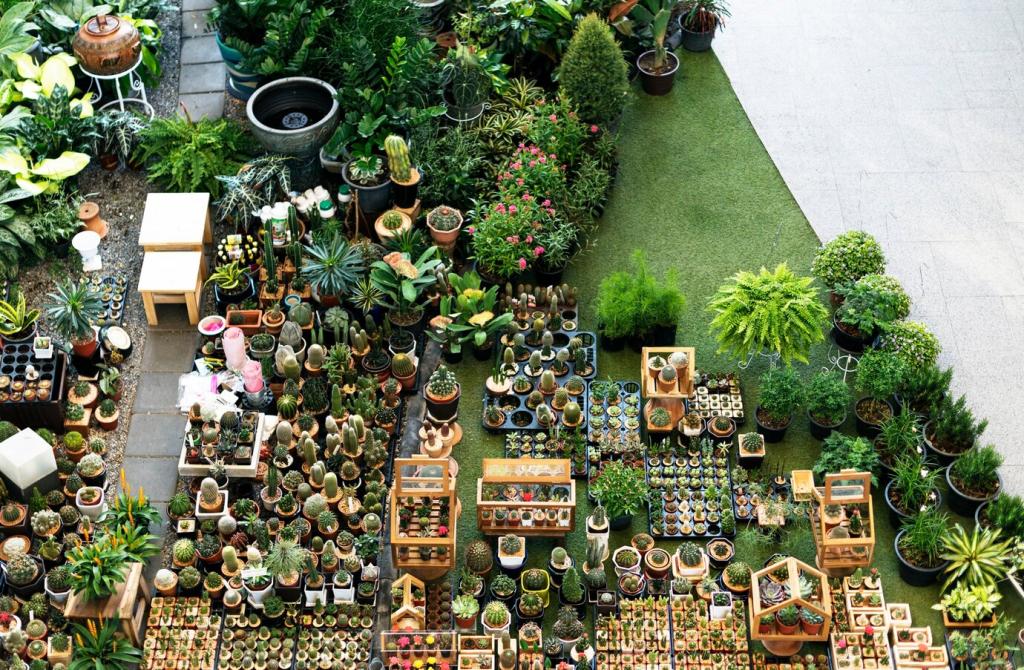
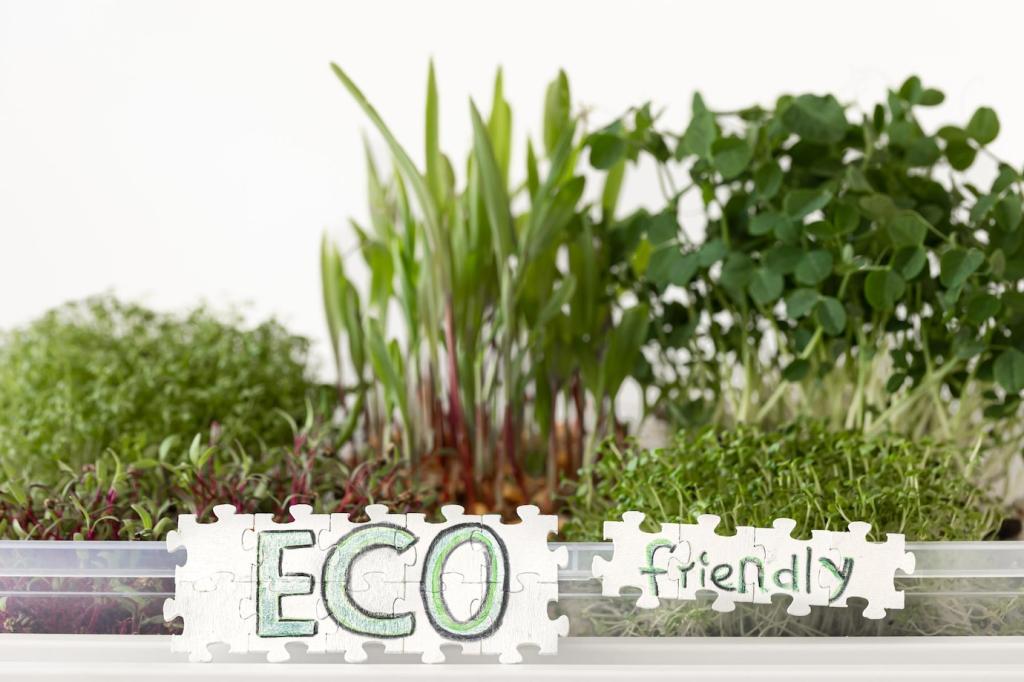
Field Notes: Stories from Real Projects
After one stormy spring, our bamboo boardwalk dried quickly thanks to underslung airflow and a slight crown. Seniors noticed fewer slippery patches, and maintenance crews loved the replaceable panel system. Share your storm stories and detail sketches so others can learn faster.
Create a simple checklist: spring wash, midsummer oil, autumn fastener check, and winter slip tests. Host a volunteer day where neighbors learn to refresh finishes. Post your checklist template in the comments so others can tailor it to local seasons.

